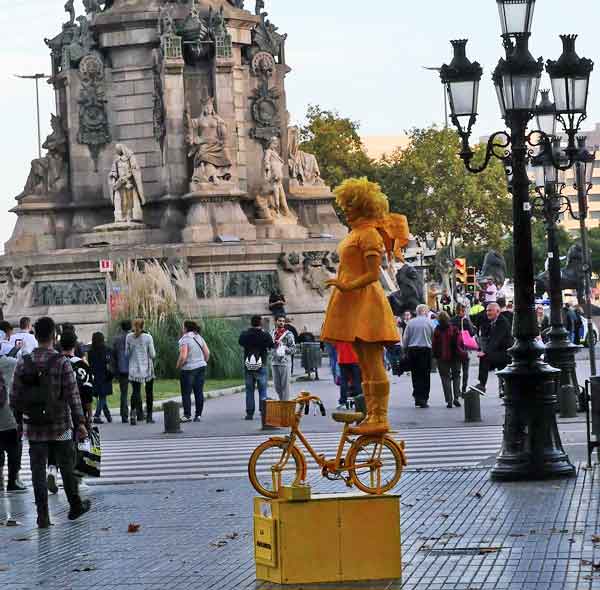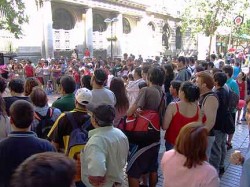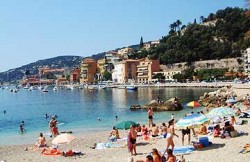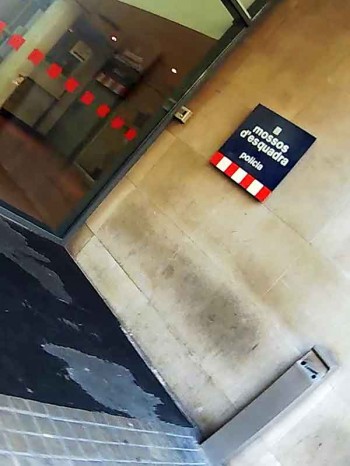
In my previous post, I offered seven simple rules to save yourself from pickpockets, inspired by my research into the Barcelona pickpocket scene today. Although they are presented with Barcelona in mind, the rules are good practice for most travel to areas unfamiliar to you, or when visiting areas known for pickpocket action.
You can avoid almost all of the most common pickpocketing methods if you follow those seven rules. Remember, the thieves read you and go for the least aware. They’ll head for the easiest opportunities. Don’t make yourself easy picking. It’s easy to defeat these pickpockets. The locals do.
In late October 2015, I spent several days updating our knowledge of the Barcelona pickpocket scene today. As I recently noted, our research is tedious and methodical. Here, I will present a few key findings from my research.
Barcelona pickpocket scene today
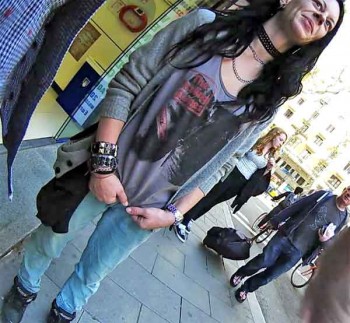
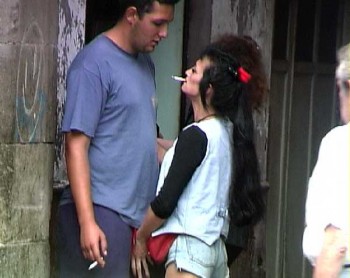
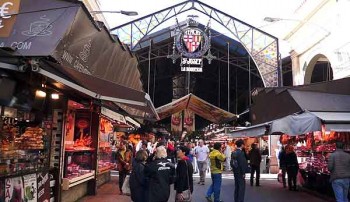
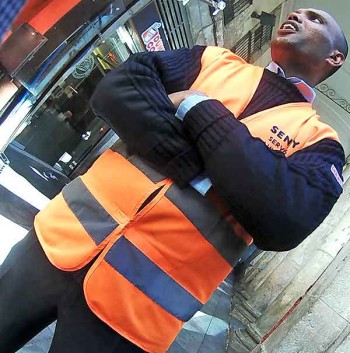
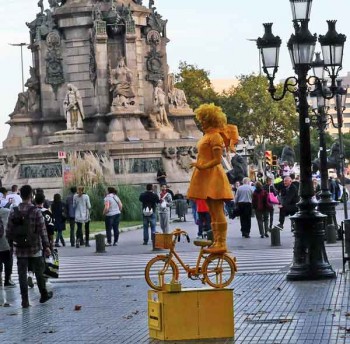
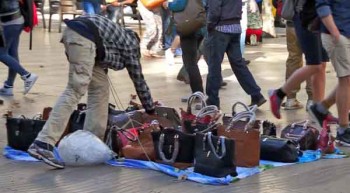
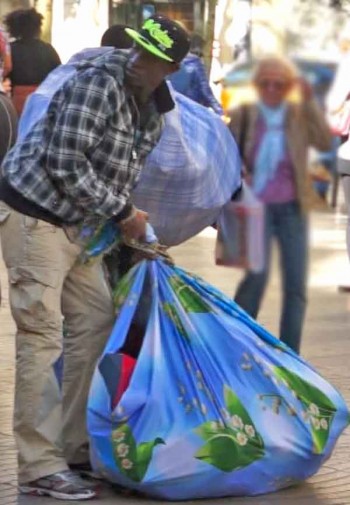
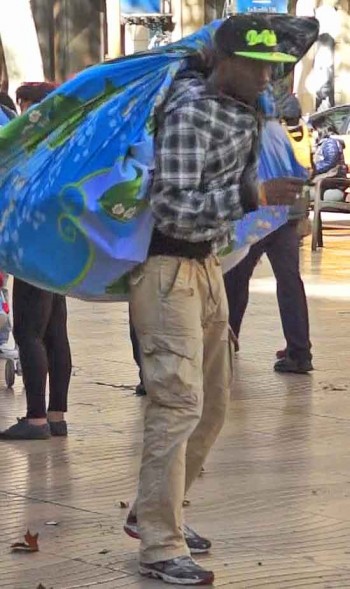
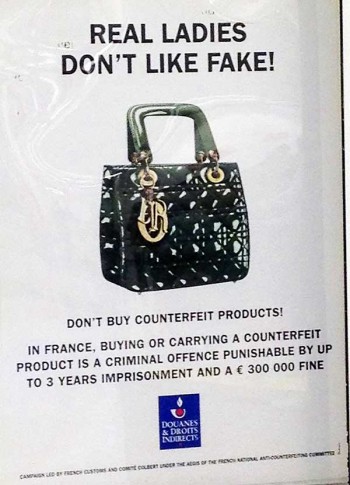
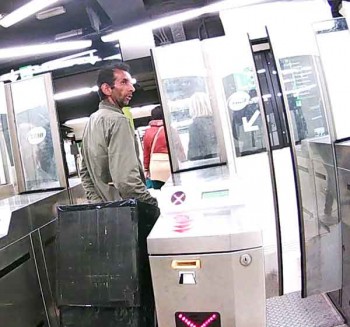
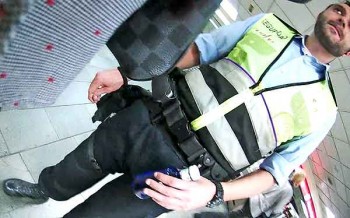
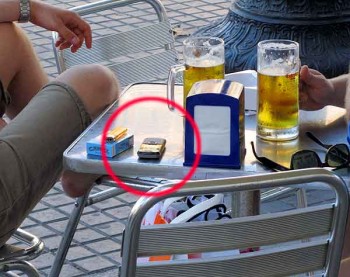
Police intelligence
I had several conversations with the local police. This is always tricky in Barcelona. Language barriers, rules from above to be tight-lipped, and to what extent they even know the average daily incident rate. We know that the real number of thefts is at least three times higher than the official one, since only one in three (at best) will bother to go to a police station and file an official report. The (vast) majority of victims chalk it up to a bad experience or a good lesson. C’est la vie.
Theft numbers are slightly down compared to years past. This is something I can confirm from chats I had with many hotel front office staff, restaurant managers, and people who work in areas where we’ve seen plenty of pickpocket action in the past. What my police friends could not explain was the reason for the downturn. It appears that the number of plainclothes (undercover) officers out in the field is the same as before. One good guess is that the majority of tourists now know before they arrive to be alert. Word is out. People are therefore more cautious.
Sexy pickpockets
But there was also some negative news. I was told that there are 50-100 female prostitutes operating in Barcelona who are more pickpocket than partner to lonely men. I thought this development was a bit peculiar, but I can see how the majority of these victims would not rush to the nearest police station to report a robbery. With this little nugget I began my own research. No, I didn’t hire a pro to get the goods (on camera), but I did strike up conversations with women who would know, including a few who did proposition me in the evening on La Rambla. One told me: “A third of the girls are simply doing tricks, and a third turn tricks and do pickpocketing. The final third are ladyboys who do only pickpocketing.”
There are a number of streets and regions in Barcelona where this action is rampant. And the women (and men) are extremely aggressive. Watch out!
Markets
My next stop was La Boquería, the hugely popular market just off La Rambla, full of fabulous small food stalls with exquisite Catalonian fruits, nuts, Iberian hams, chocolate, fresh seafood, flowers, and temptations galore for food lovers. The market is always crowded and always fun to stroll through at any time of the day.
And yes, there is pickpocketing there. But not as much as one would think. The market is concerned with security and its reputation and therefore hires guards. But not every entrance is controlled and the thieves know the weaknesses of the system and camera positions. Various stall owners or managers told me about the frequency of the thieves and when it is most likely to have an encounter with them: Friday or Saturday, paydays with many customers carrying cash, and especially crowded. My additional suspicion: maybe slightly less police presence on Saturday. Most thefts are from women’s handbags or from older people less alert to their surroundings and their pockets.
Ronaldinho technique
I also saw some of the classic pickpocketing moves late in the evening right on La Rambla, which otherwise is fairly safe since it’s constantly patrolled by officers in uniform (far more than in the past). Around 11 PM I saw the old Ronaldinho football stunt tried on a man in his twenties, maybe slightly tipsy, but the mark realized what was going on and just barely escaped the attack. In years past I would recognize various pickpocket teams crossing La Rambla late in the evening, but this time I saw no evidence of these punks. The bar scene is where one has to be most vigilant nowadays in Barcelona, and when taking the underground Metro.
The bottom of La Rambla still has the living statue performers, but only on the first two hundred meters or so. There was no evidence of the “three-shell gamers” who have otherwise infested La Rambla. Clearly an improvement and a clean-up process. The crowds that always form quickly around these con men are ripe pickings for the pickpockets.
Counterfeit-sellers
In their place Barcelona and especially La Rambla has been invaded by replica hustlers, small teams of men from West Africa who sell counterfeit handbags, fake brand name clothes and sport shoes, laid out on sheets spread on the ground. Of course all of Europe is plagued with this phenomenon, and wonders how to deal with it. It is illegal. If one approaches this from an elitist viewpoint it is trashy, cheap, and blocks pedestrian passage on otherwise nice streets. From a different angle, one can say these immigrants are trying to survive with a trade and it seems that buyers are eager and willing to find bargains on name brand luxury goods, whether legitimate or copy.
However it is illegal and in some countries, foremost among them France, authorities take a very serious stance on anyone buying or possessing counterfeit products. And so the hustle continues—a cat and mouse game in which the police sweep down on the culprits and the hustlers pull strings attached to the corners of their display sheets, instantly morphing the spread into a huge swag bag containing all their contraband, slung on their backs as they dash off. These gangs have controllers or spotters who alert them that the police are approaching, just as the three-shell-game hustlers also have spotters looking out for uniformed or undercover police officers.
The replica game is huge business all over the world, but a very difficult trade to block or efficiently remove. Some locales have enormous illegal black-market replica industries; for example Italy (Naples), Turkey) (Kusadasi & Istanbul, Malaysia (Johor Bahru), Thailand (Bangkok), Vietnam and of course the major cities in China. It is especially difficult to prosecute—what really is a replica, and what is not?
Metro
I then took a few trips on the local Metro from Plaza Catalonia and witnessed first hand a few female pickpockets. They seemed to recognize me after a while, probably from the film Pickpocket King which now must have been screened by every practicing pickpocket in Europe. They did not recognize me instantly; how could they? The film is now two years old and I was doing my rounds alone in Barcelona, not accompanied by Bambi. When they left the compartment where I stood their heads did their usual tilting down, and turning while scrutinizing a male mark as he entered the Metro train. They simply could not turn off their modus operandi, looking for the next victim, and obviously tabulating their chances of going into the man’s pocket. Both females showed all the characteristic behavior, including giving me the finger once the doors to the train closed and they were on the outside. Yes, taunting me, and giving me a message: “we’re on to you, and we know what you’re up to.”
Mobile phone theft
A continuing trend, despite of Apple’s security features and the ability to block future use, is Apple-picking, the slang term for stealing mobile phones. This has grown to be a serious issue all over the world.
Smart phones, and of course especially the coveted iPhones, are a prime target for the pickpockets roaming the streets of Barcelona. Mild temperatures make outdoor restaurants popular nearly year-round and tourists at these venues let their guards down, allowing their expensive iPhones to sit in full view on tables within easy reach for any grab-and-run thief. Many factors make phones easy to steal; they’re slim; they’re usually at the top of women’s handbags for quick access, or in outside jacket pockets where a thief can easily snag them. While a wallet may be secured in a hip pocket with a button, a multi-functioning smart phone is kept easily accessible. All these little details make for uncomplicated extraction even by low-end pickpockets.
And the “high-end pickpockets” who specialize in mobile phones are as good as magicians.
Another way to gauge the pickpocketing levels in a city is to learn the number of iPhones stolen daily. It’s fairly easy to acquire this info by simply chatting with management at the local Apple store. When I visited Barcelona’s Apple store, the daytime manager told me that the average was around 80 new iPhones sold during his eight-hour shift, and of these roughly 30 were replacements of just-stolen phones. Considering those phones not immediately replaced, and additional phones sold on the swing shift, that translates to a guesstimate of at least 50 phones stolen every day in Barcelona (in late autumn). This fits in very nicely with other Barcelona pickpocket statistics and with other high-profile European capitals like London, Rome, and Paris.
Obviously these numbers are not precise. They’re estimates and averages but, as a yardstick for pickpocketing activity, quite useful. This is corroborated by the police, who state that the ratio of victims reporting the loss of phones to wallet is three to one—for every wallet stolen, three phones are grabbed.
When you consider the value of the hardware itself, the data in it (passwords and credit card numbers, addresses, access codes, etc), and the ease of grabbing it, this makes sense. In addition, victims often believe it is a futile waste of time to report a stolen wallet, which is unlikely to ever be found with its contents, vs. an expensive and identifiable mobile phone (with an IMEI or, international mobile equipment identity number), which is seen (hoped!) to have a greater likelihood of being traced and returned. Victims also may need a police report for insurance.
Conclusion
My trip to Barcelona was tied to a security lecture for regular travelers, not security professionals. I was eager to know if some of these visitors had already experienced incidents on their first days in Barcelona. I will not identify the group by name or the actual number of hearsay incidents, other than that the ratio of incidents to total number of visitors was better than in years past. In the past I have noticed an incident rate of roughly ten victims per one thousand visitors, now the numbers were significantly fewer.
In conclusion, although this is not a scientific report, I can say with confidence that the Barcelona pickpocket scene today has improved somewhat in terms of safety. Yes, there are still plenty of pickpockets operating in this charming city, but it seems not much worse than most other large cities in Europe with important attractions. What continues to make Barcelona attractive to the thieves is of course the sheer number of tourists, cheap living, and a weak legal system. The most they have to fear is a fine, rather than a lengthy prison sentence.
I reiterate the importance and success of following my seven simple rules to save yourself from pickpockets.

